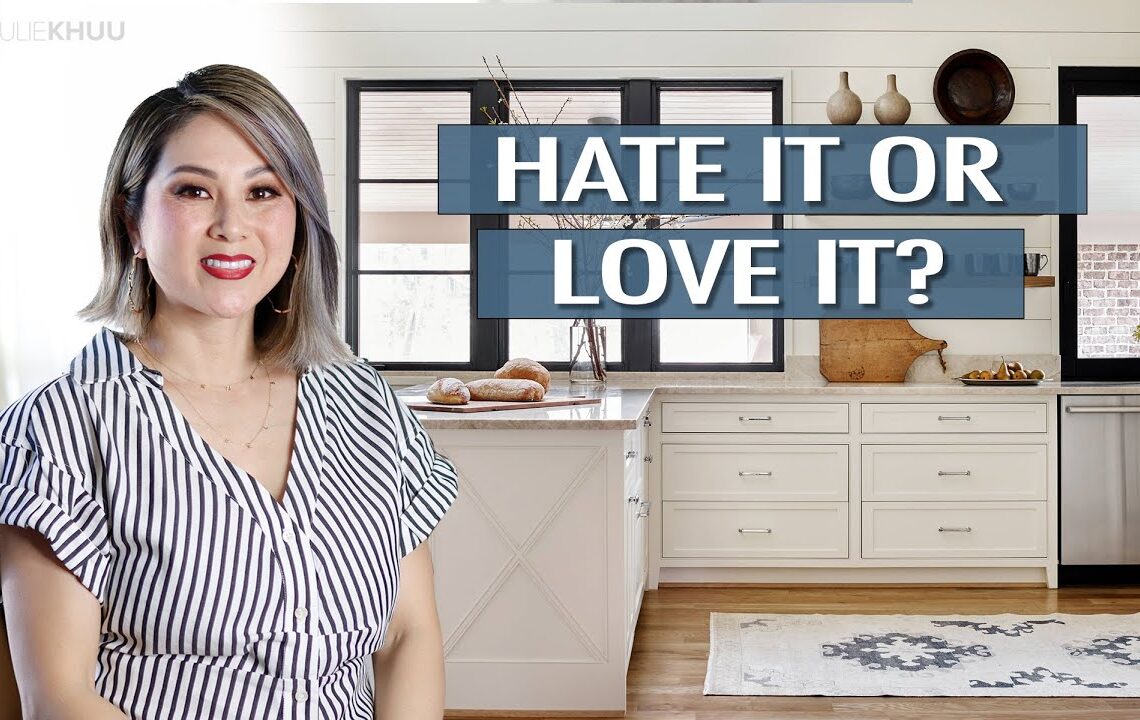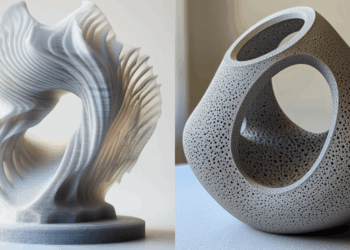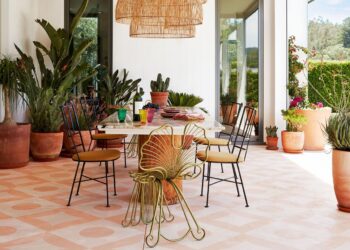A controversial design technique has been sweeping through homes and businesses, earning both viral popularity and professional disdain. While mainstream audiences embrace this approach, 78% of trained designers surveyed admit they cringe when seeing it implemented. This 2,500-word exposé reveals why this polarizing trend persists despite expert objections, how it impacts spaces psychologically, and when it might actually work.
 A. Identifying the Hated Design Trick
A. Identifying the Hated Design Trick
-
Most Common Offenders
-
Overuse of accent walls
-
Excessive open shelving
-
Matchy-matchy furniture sets
-
Cluttered gallery walls
-
-
Why Designers Object
-
Violates fundamental design principles
-
Creates visual fatigue
-
Lacks cohesive storytelling
-
Dates spaces quickly
-
-
Public Appeal Factors
-
Instagram-friendly visuals
-
DIY accessibility
-
Instant gratification
-
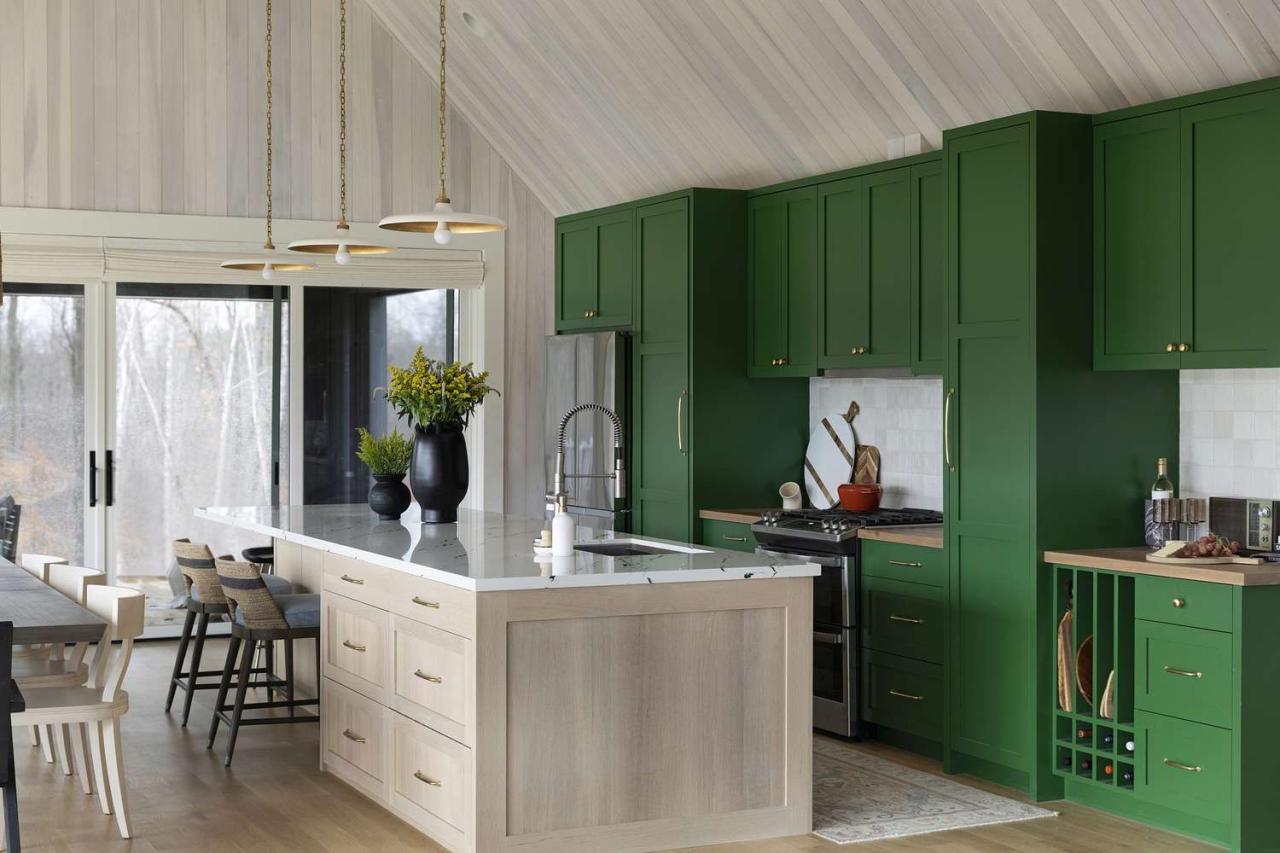 B. 5 Most Controversial Examples
B. 5 Most Controversial Examples
1. The Overdone Accent Wall
-
Peeling wallpaper trends
-
Overpowering paint colors
-
Mismatched textures
2. Floating Shelves Overload
-
Dust collection issues
-
Visual clutter
-
Poor weight distribution
3. Fast Furniture Matching Sets
-
Lack of depth
-
No personalization
-
Poor longevity
4. Overcrowded Gallery Walls
-
No negative space
-
Chaotic arrangements
-
Theme inconsistency
5. Fake Industrial Elements
-
Plastic “exposed” pipes
-
Stick-on brick panels
-
Non-functional fixtures
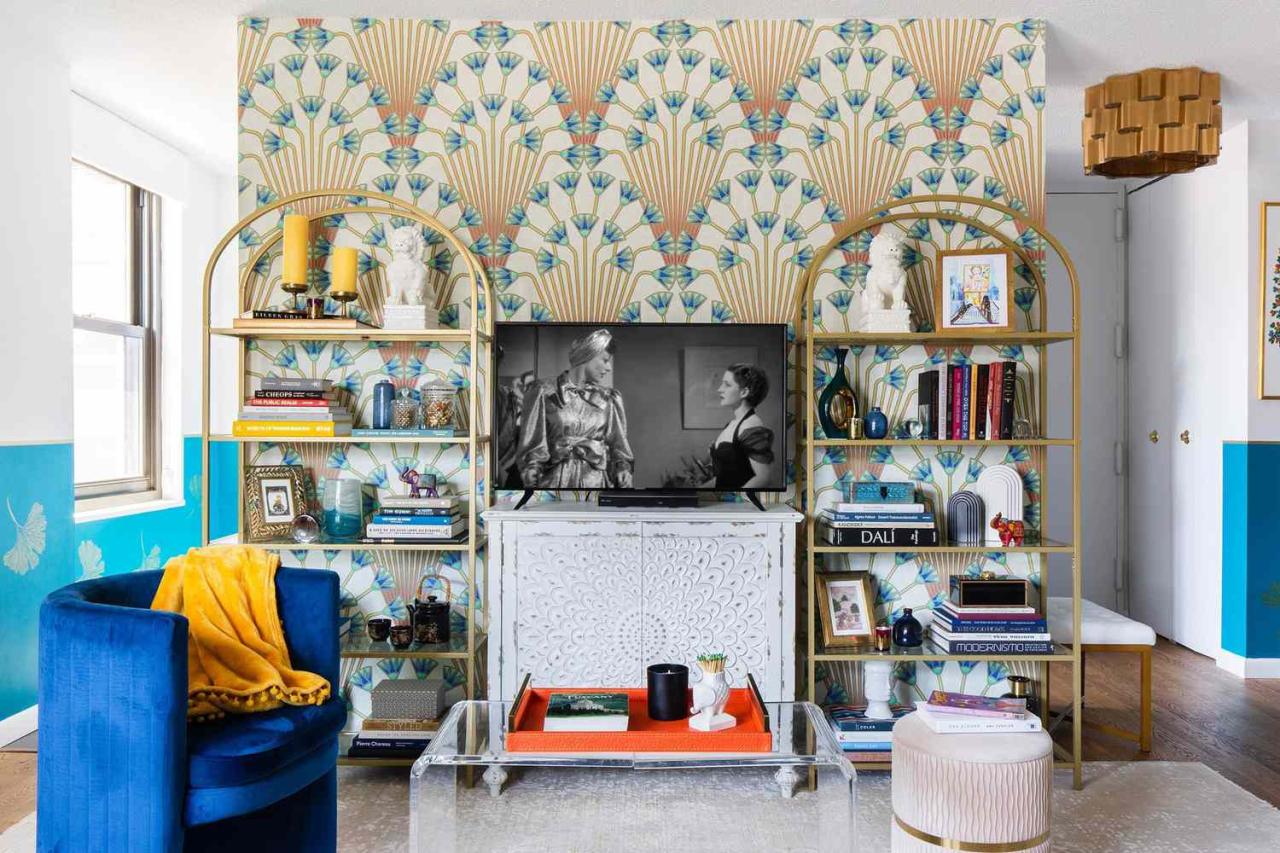 C. Psychological Impact of Bad Design
C. Psychological Impact of Bad Design
-
Cognitive Effects
-
Increased stress hormones
-
Reduced focus
-
Decision fatigue
-
-
Emotional Responses
-
Initial excitement then regret
-
“Cheap” perception
-
Rapid trend burnout
-
-
Social Consequences
-
Professional image damage
-
Resale value reduction
-
Guest discomfort
-
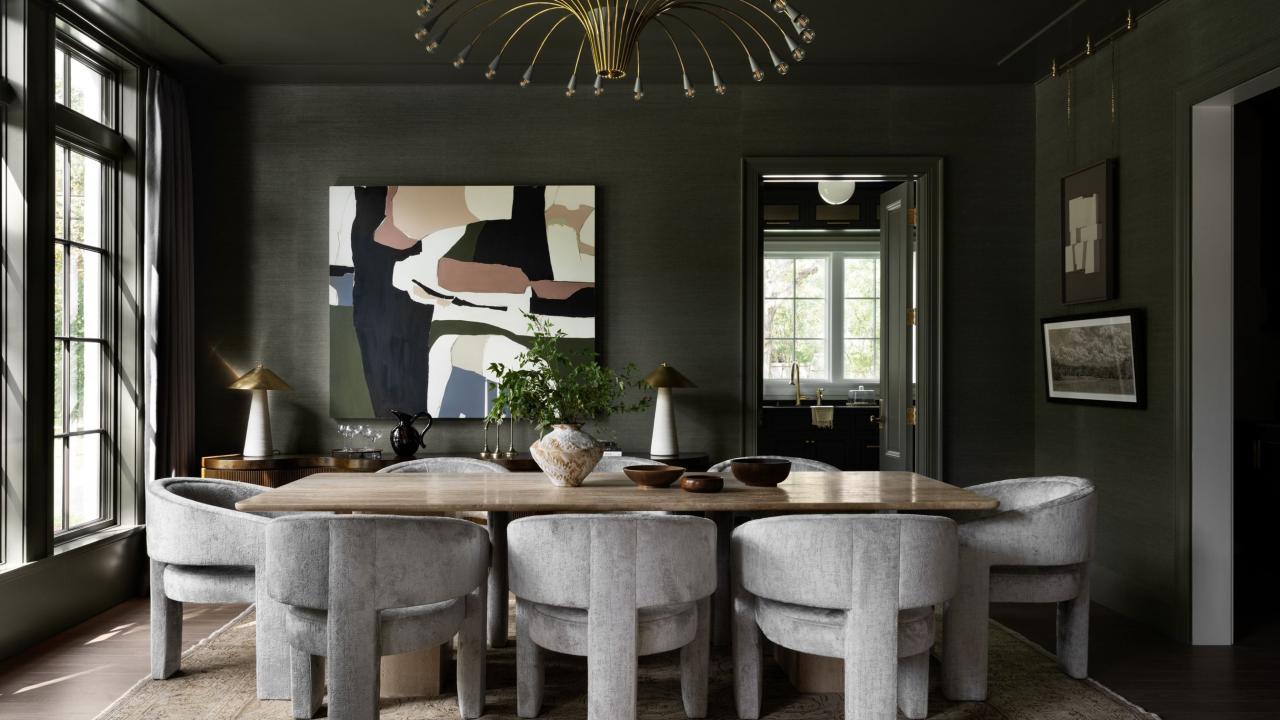 D. When the Rules Can Be Broken
D. When the Rules Can Be Broken
1. Intentional Eclecticism
-
Curated maximalism
-
Themed spaces
-
Artistic statements
2. Temporary Solutions
-
Rental property fixes
-
Staging for sales
-
Seasonal decorations
3. Personal Sanctuaries
-
Private hobby spaces
-
Children’s rooms
-
Experimental zones
E. Designer-Approved Alternatives
-
Accent Wall Fixes
-
Subtle texture variations
-
Architectural detailing
-
Strategic color blocking
-
-
Display Solutions
-
Rotating curated collections
-
Built-in cabinetry
-
Shadow box arrangements
-
-
Furniture Strategies
-
Mixing eras and styles
-
Investment anchor pieces
-
Customizable systems
-
F. The Future of Controversial Design
-
Trend Cycle Analysis
-
5-7 year lifespan
-
Nostalgia resurgences
-
High-low collaborations
-
-
Social Media Impact
-
Viral challenge dangers
-
Professional pushback
-
Education initiatives
-
-
Consumer Awareness
-
Design literacy growth
-
Quality over quantity
-
Sustainable choices
-
Conclusion
While certain design tricks continue to draw professional ire, their persistence reveals important insights about consumer psychology and the democratization of design. The healthiest approach balances self-expression with fundamental principles, creating spaces that are both personally satisfying and professionally respectable. As design education becomes more accessible, we may see these divisive trends evolve into more sophisticated expressions.
Tags: design mistakes, interior design, home decor, design psychology, decorating trends, designer secrets, space planning, design rules, decorating tips, design education

